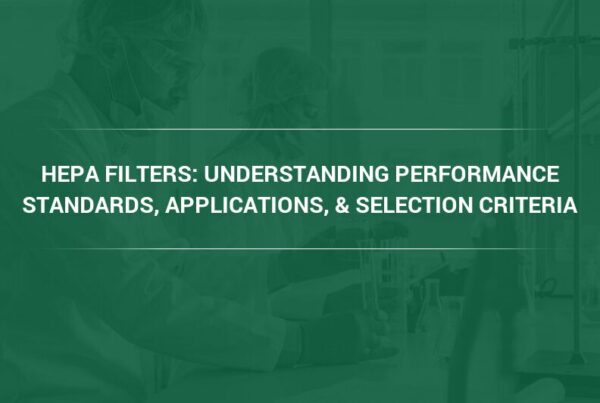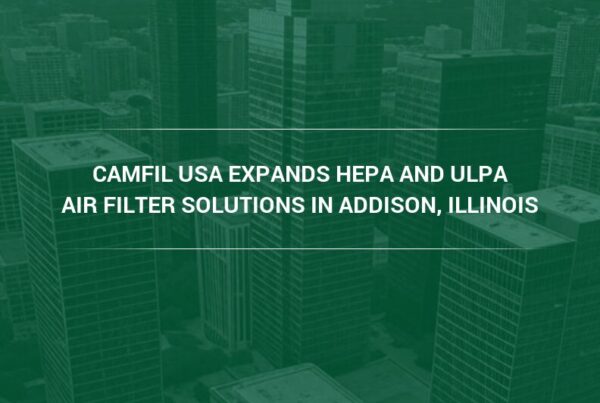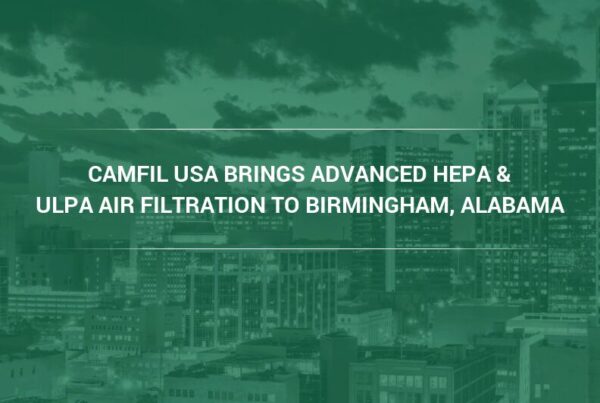Learn about atmospheric brown clouds, the dangers they pose on indoor air quality, and why they highlight the need for commercial air filtration.
Much has been said about the severe seasonal bouts of air pollution in the Indian capital city of New Delhi, which is also the primary reason the Delhi government is pushing for the installation of commercial air filtration systems in homes and buildings in the National Capital Territory.
But the “why” behind this recurring air pollution problem isn’t well understood.
Atmospheric Brown Clouds vs. Commercial Air Filtration Systems
If one were fortunate enough to be viewing the Indian subcontinent while sitting inside the International Space Station, one would see a striking change in how the clouds blanketing the region appear during the months of October and November. It’s when Indian farmers burn millions of tons of crops in Punjab and Haryana, creating a haze of smoke so thick and toxic it becomes dangerous for the people living in India’s capital.
These massive clouds of haze and smoke are often referred to as Asian Brown Clouds or Atmospheric Brown Clouds (ABCs), and they can be observed in many parts of Asia, Africa and the Amazon Basin. And as mentioned earlier, they are a result of widespread combustion.
“Combustion generates H2O, NO, NO2, CO, CO2, and particulate matter. Combustion can also emit hydrocarbon gases, vapors, and organic particles,” notes Camfil USA’s Charlie Seyffer, Manager of Marketing & Technical Materials for commercial air filters and 37-year ASHRAE member and active committee participant. “Some of the particles are large and settle out, but the majority of the particles are submicron and remain suspended in the air for long periods of time.”
What are ABCs and How Can HEPA Air Filtration Systems Help?
Atmospheric brown clouds are clouds that often result from the burning of organic material and fossil fuel emissions from both mobile sources such as cars and trucks and stationary sources. ABCs can extend vertically from the ground by as much as 3 kilometers and can penetrate homes and buildings, affecting indoor air quality. Fortunately, the particles and aerosols commonly found in ABCs can be removed by proper-strength HEPA air filtration systems.
HEPA filters are also certified to capture gaseous pollutants that contribute to the formation of ABCs, such as:
- Nitrogen oxides (NOx)
- Sulfur oxides (SOx)
- Volatile organic compounds (VOCs)
- Carbon monoxide (CO)
- Methane (CHR)
- Ozone (O3)
ABC Health Issues Prevented by Commercial HEPA Filter and Air Purifiers
For humans, the impacts of ABCs are manifold. As mentioned earlier, haze pollutants can enter homes and buildings, causing allergy attacks, asthma, and other respiratory issues. It’s precisely for this reason that commercial HEPA filters and air purifiers are necessary in parts of the world struggling with heavy air pollution.
A 2008 UNEP report on atmospheric brown clouds found that around 337,000 excess fatalities occurred in China and India alone due to airborne pollutants found in ABCs. This finding, along with estimates from the World Health Organization, suggests that there may have been under a million deaths attributable to poor air outdoor air quality caused by the burning of solid fuels.
Effects of ABCs That Go Beyond Commercial HEPA Filters
Unfortunately, commercial HEPA air filters only address the health-related effects of ABCs. These haze clouds also affect the ability of plants to use sunlight in photosynthesis. For example, rice productivity in parts of Southeast Asia where rice is grown can fall by as much as 10 percent due to haze. Data shows that the annual growth rate of rice harvests in Asia has consistently fallen since the 1960s—right around the same time slashing and burning of forests for palm oil production began.
To see the effects of ABCs in a much more visual manner, one need only to look at the Taj Mahal, the jewel of India, which has slowly turned brown over the years due to poor air quality. In the 1980s, this discoloration was attributed to high levels of sulfur dioxide in the air. If nothing is done to solve the problem of ABCs, it’s only a matter of time for the beloved structure to completely turn yellow.
How Are Commercial Air Filter Manufacturers Responding to Atmospheric Brown Clouds?
The good news is that many commercial air filter manufacturers are manufacturing air filtration systems specifically designed to capture and remove the airborne pollutants left by ABCs in indoor spaces, whether it’s in schools, airports, manufacturing facilities, or medical facilities among many others.
The key is to choose the proper-strength HEPA filter for the job. A true HEPA filter will remove 99.97 percent of particulate matter and toxic aerosols from inside a room, but this performance needs to be supported with other measures such as sealing the room and keeping it clean.
Prevention vs. Cure with Commercial HEPA Filters
Remember that while effective in “treating” indoor air quality, commercial HEPA filters only address the symptoms of ABCs. As with all pollution problems, the key is to go to the source of the issue and provide cleaner and more sustainable alternatives. In the case of ABCs, this may involve providing access to clean fuel, advancing vehicle emissions norms, and implementing tougher laws against the burning of forests and crops.
For more information about our HEPA filters and how they improve indoor air quality in schools, visit our catalog of air filters at Camfil USA.
Lynne Laake
Camfil USA Air Filters
T: 888.599.6620
E:Lynne.Laake@camfil.com
F: Friend Camfil USA on Facebook
T: Follow Camfil USA on Twitter



